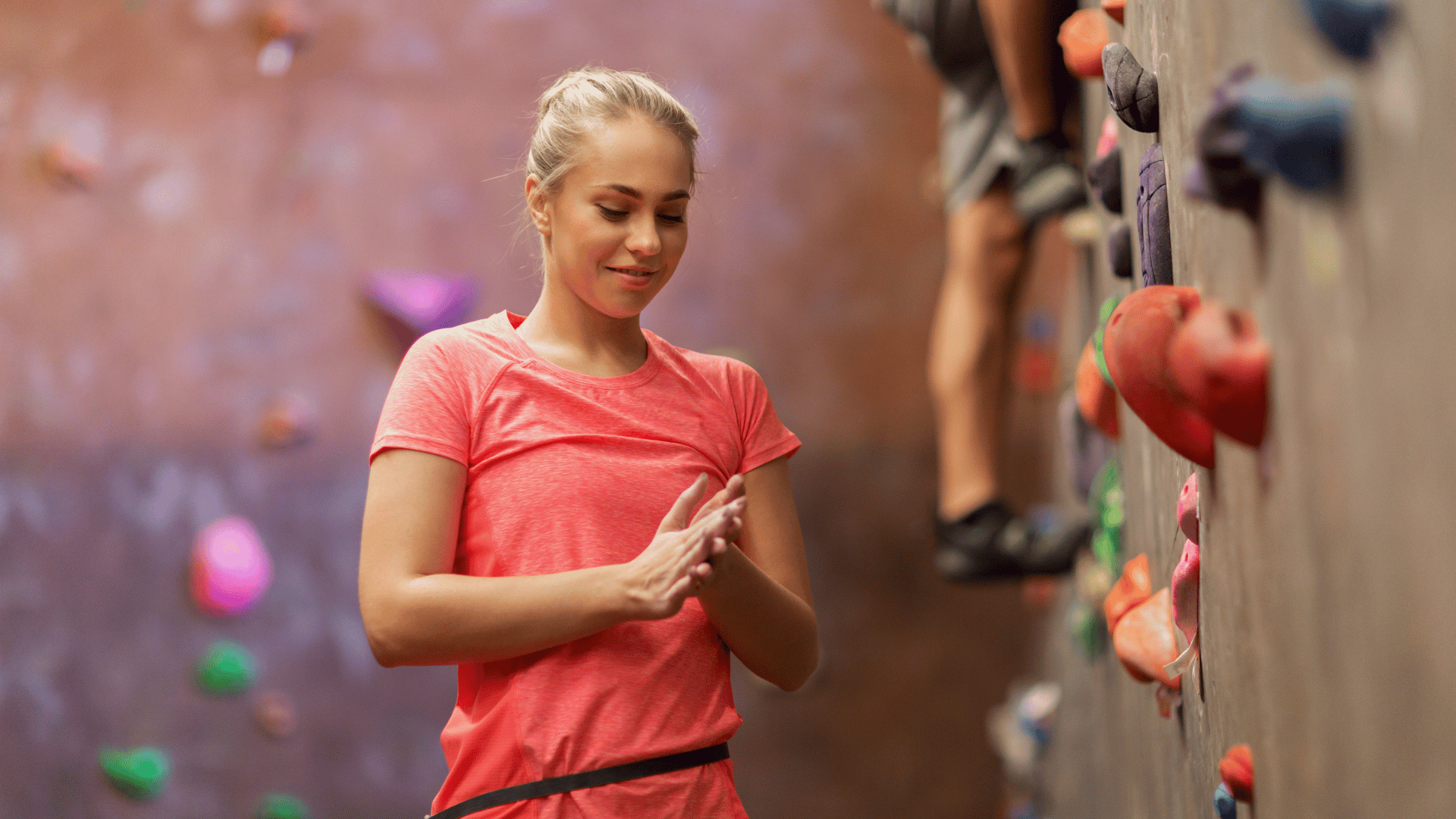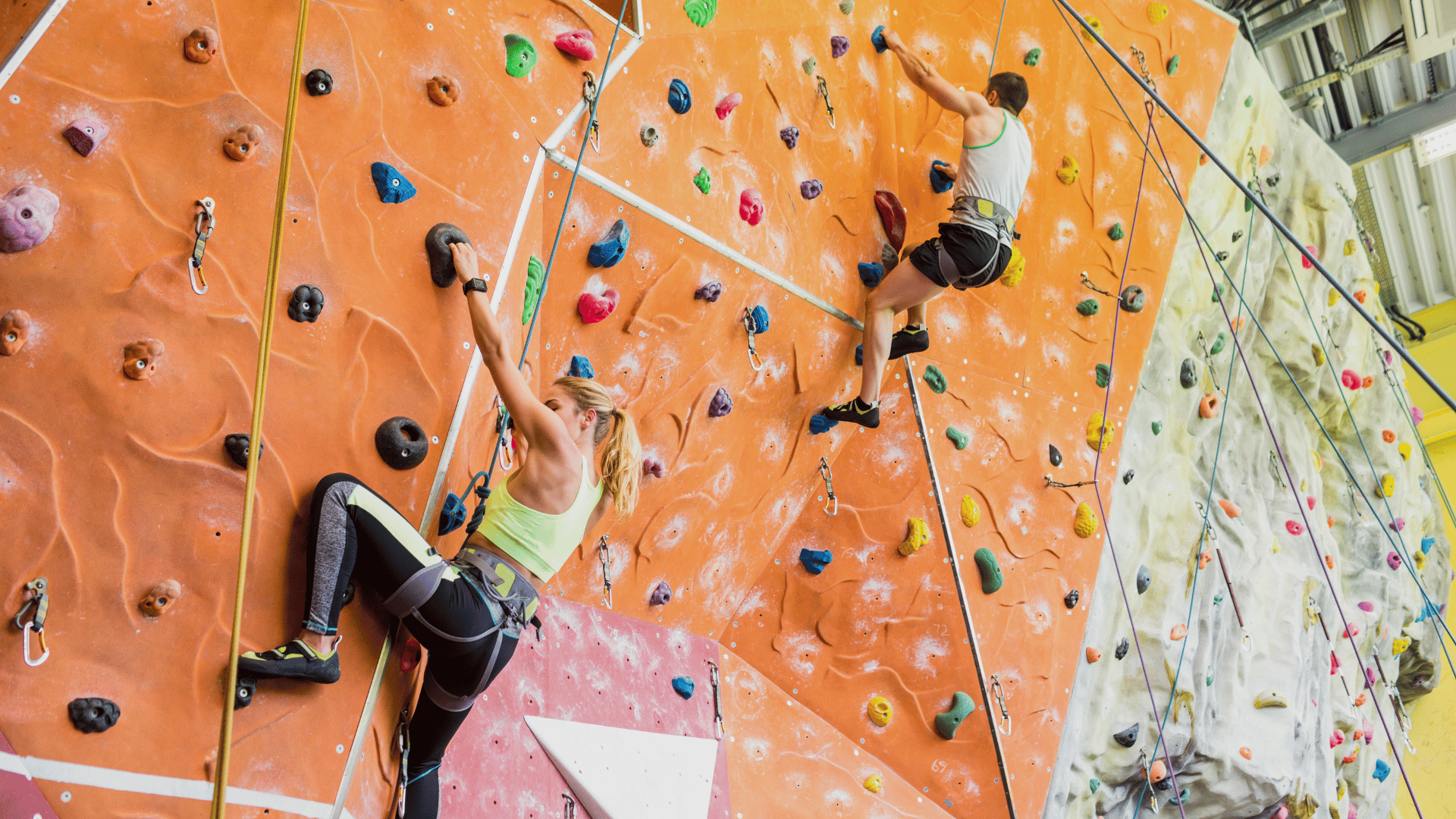Climbing is more than just gripping holds and making dynamic moves up a wall. It requires a combination of strength, endurance, and technique to excel. Whether you're new to climbing or looking to take your performance to the next level at Brooklyn Boulders, building the right muscles can make all the difference in your progression.
Let’s break down the key muscle groups used in climbing and explore exercises to strengthen them for peak performance.
The Key Muscle Groups for Climbing
Climbing involves nearly every muscle in your body, but some muscle groups are particularly critical. Here are the main areas you’ll want to focus on:
1. Forearms and Grip Strength
Your forearms and hand muscles are crucial for holding onto the wall and gripping holds. Strong forearm muscles will allow you to maintain a firm grip and reduce fatigue during long climbs.
2. Back Muscles (Lats, Rhomboids, Trapezius)
The large muscles in your back, particularly the lats, rhomboids, and trapezius, play a pivotal role in pulling your body upward. A strong back helps you perform powerful pulling movements and improves your overall climbing efficiency.
3. Core Muscles (Abs, Obliques, Lower Back)
A solid core is the foundation of climbing. Your core muscles are responsible for stabilizing your body as you shift weight from one hold to the next. A strong core allows you to maintain control, balance, and fluidity in your movements.
4. Shoulders (Deltoids, Rotator Cuff)
The shoulders are heavily involved in dynamic movements and overhead reaches. A well-developed shoulder muscle group helps prevent injury and gives you the strength to reach and hold positions that may require extended arm engagement.
5. Legs (Quads, Hamstrings, Calves, Glutes)
Though many climbers focus on their upper body, the legs should not be neglected. Strong legs allow you to push yourself up the wall more efficiently, taking the load off your arms. Engaging your legs properly reduces upper body fatigue and enables longer, more sustained climbs.
Strength-Building Exercises for Climbers
To target the key muscle groups involved in climbing, you’ll want to incorporate specific strength-building exercises into your routine. Below are some effective exercises to add to your workout.

1. Dead Hangs (Forearm and Grip Strength)
- How to Do It: Find a pull-up bar or hangboard. Hang with straight arms from the bar with your palms facing away. Hold the position for 20-30 seconds, and then rest. Aim for 3-5 sets.
- Why It Helps: Dead hangs help strengthen the forearm muscles and improve grip endurance, crucial for holding onto small or difficult holds during a climb.
2. Pull-Ups (Back and Shoulder Strength)
- How to Do It: Grip a pull-up bar with your palms facing away. Pull your body up until your chin is above the bar, then lower yourself back down slowly. Perform 3 sets of 5-10 reps.
- Why It Helps: Pull-ups target the lats, traps, and shoulders, mimicking the pulling motion you use when climbing. They are one of the best overall exercises for climbers looking to increase their upper body strength.
3. Planks (Core Stability)
- How to Do It: Lie face down on the ground. Lift your body onto your forearms and toes, keeping your body in a straight line from head to heels. Hold this position for 30-60 seconds. Repeat for 3 sets.
- Why It Helps: Planks activate your entire core, improving your stability and balance on the wall. A strong core reduces reliance on your arms, enabling more controlled and efficient movements.
4. Leg Presses (Leg Strength)
- How to Do It: Use a leg press machine or perform squats as an alternative. Press the weight upwards with your legs while keeping your back against the support pad. Complete 3 sets of 10-12 reps.
- Why It Helps: Leg presses strengthen your quads, hamstrings, and glutes. Since climbing involves a lot of pushing with your legs, this exercise will help you maximize leg engagement, preserving upper body strength.
5. Shoulder Presses (Shoulder Strength and Endurance)
- How to Do It: Using dumbbells or a barbell, press the weight overhead while keeping your core engaged. Lower the weight slowly and repeat for 3 sets of 8-10 reps.
- Why It Helps: Shoulder presses strengthen the deltoids and improve overhead mobility, essential for those extended reaches or dynamic moves in climbing.
6. Russian Twists (Oblique Strength)
- How to Do It: Sit on the ground with your knees bent. Lean back slightly and lift your feet off the ground. Twist your torso from side to side while holding a weight or medicine ball, engaging your obliques. Aim for 3 sets of 20 twists.
- Why It Helps: Strong obliques provide rotational strength and core stability, allowing for more controlled body movements when pivoting or twisting on the wall.
Balancing Strength and Flexibility
While strength is important, flexibility is equally critical for climbing. Tight muscles can limit your range of motion and make it difficult to reach certain holds or positions. Incorporating regular stretching, mobility exercises, or yoga poses into your routine will keep your muscles flexible and help prevent injury.
- Dynamic Stretches: Include movements like leg swings, arm circles, and torso twists before climbing to warm up your muscles and increase blood flow.
- Post-Climbing Stretches: After a climbing session, stretch your forearms, shoulders, back, and legs to reduce stiffness and improve flexibility over time.
Become a Better Climber Through Strength & Conditioning
Climbing requires more than just technique—it’s about building the strength to conquer each new route. By focusing on strengthening the key muscle groups involved in climbing—forearms, back, core, shoulders, and legs—you’ll improve your endurance, reduce injury risk, and see noticeable improvements in your climbing ability.
Incorporate these exercises into your regular training routine, and watch as your performance on the wall reaches new heights. Ready to put your newfound strength to the test? Come climb with us at Brooklyn Boulders and conquer new heights!




